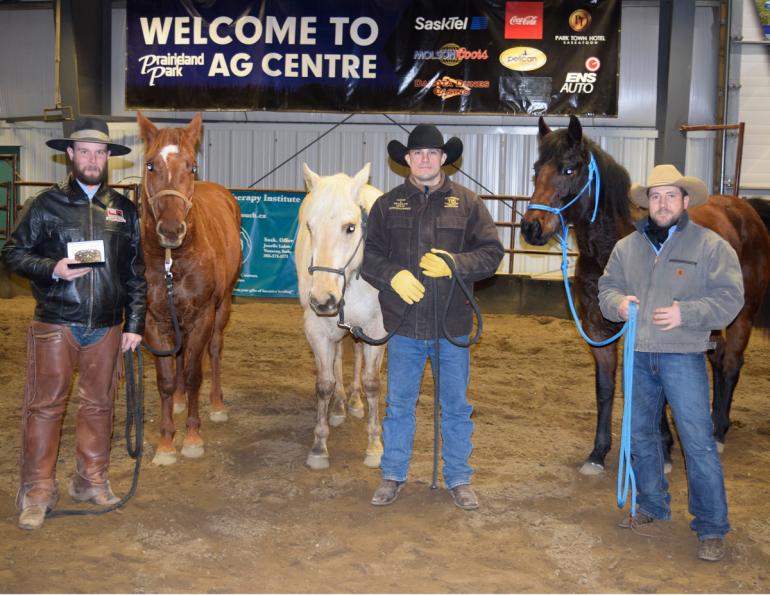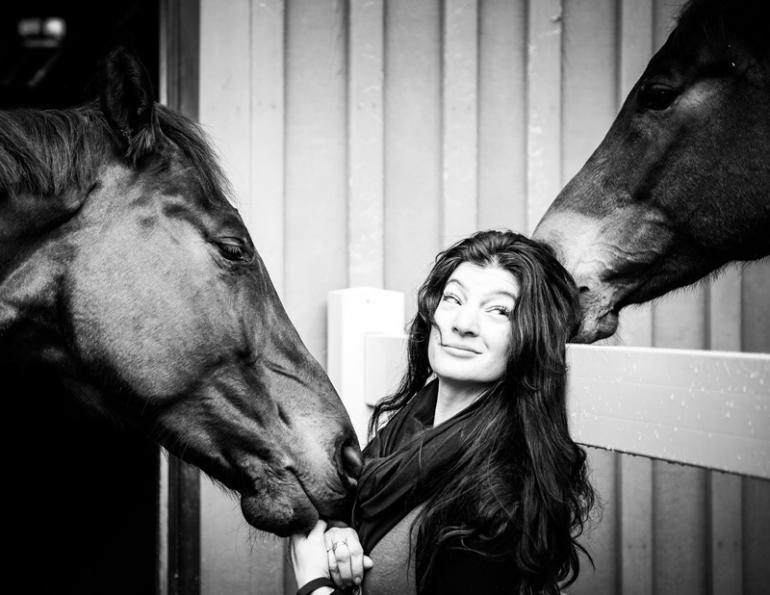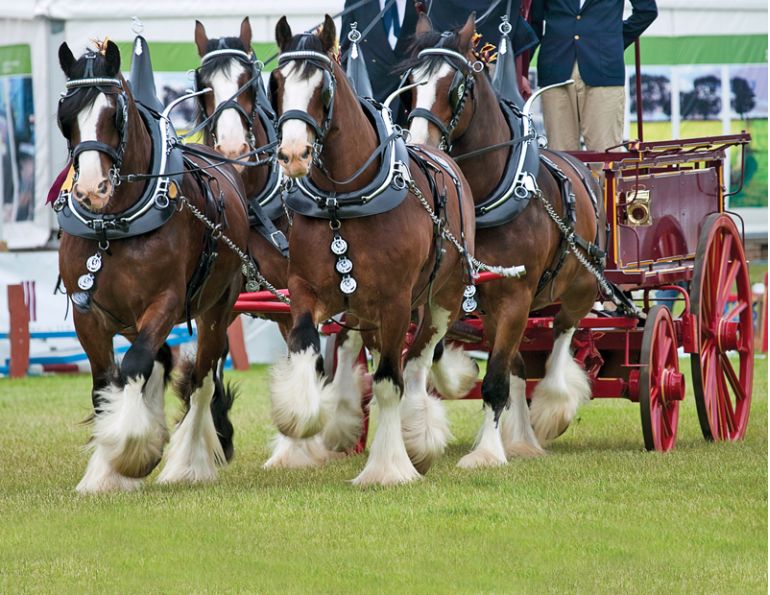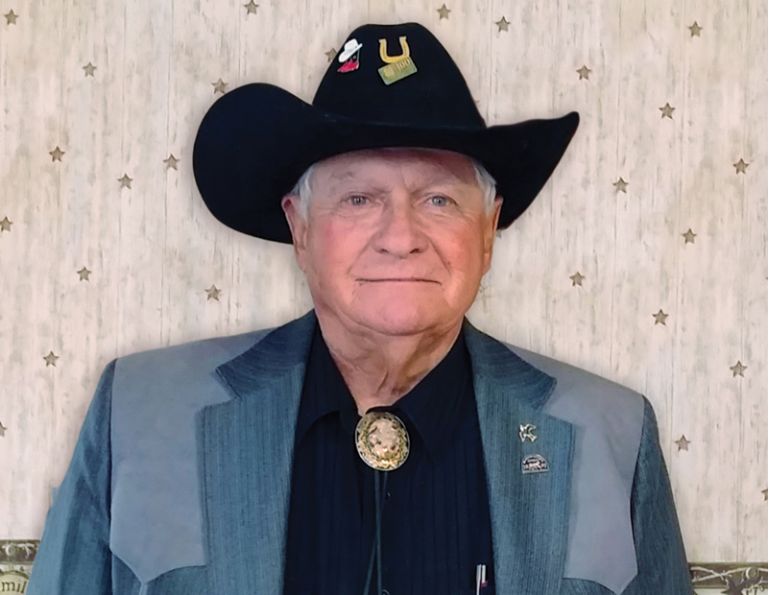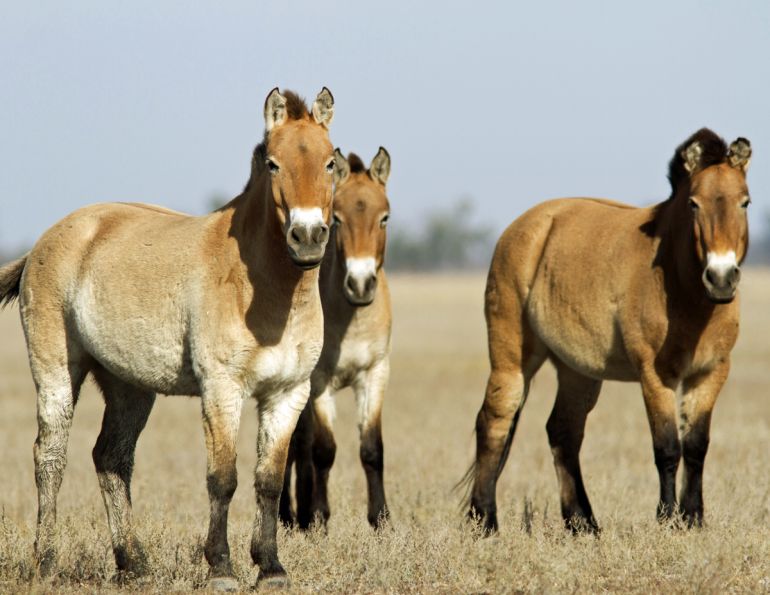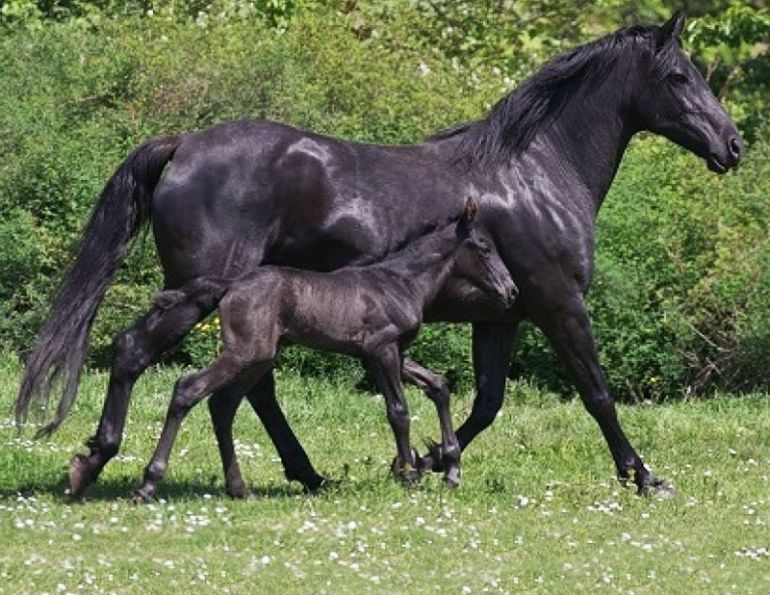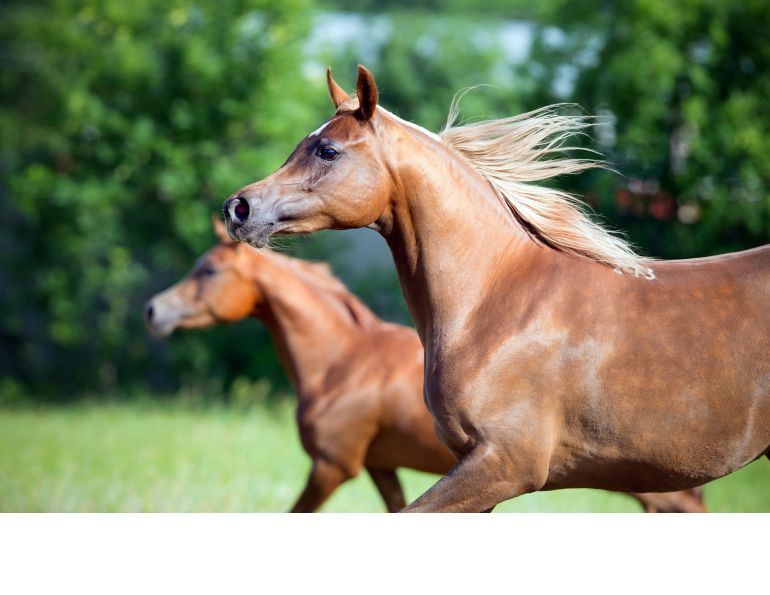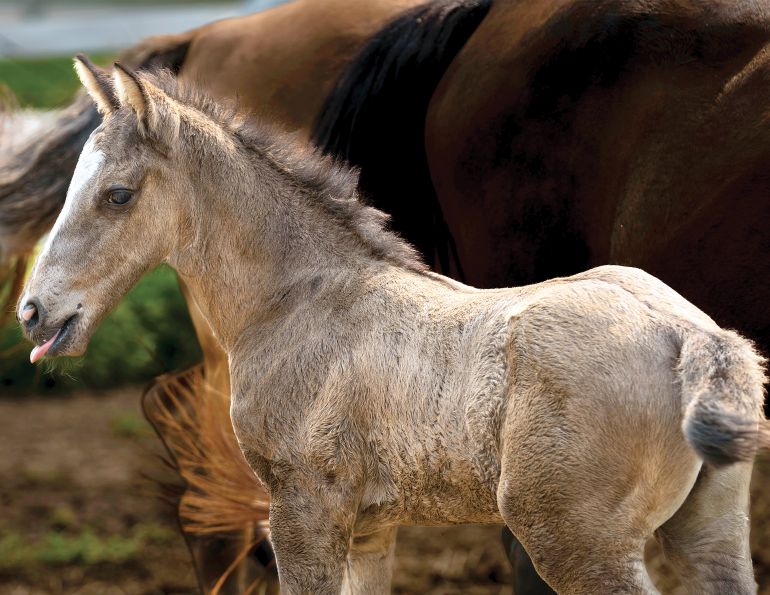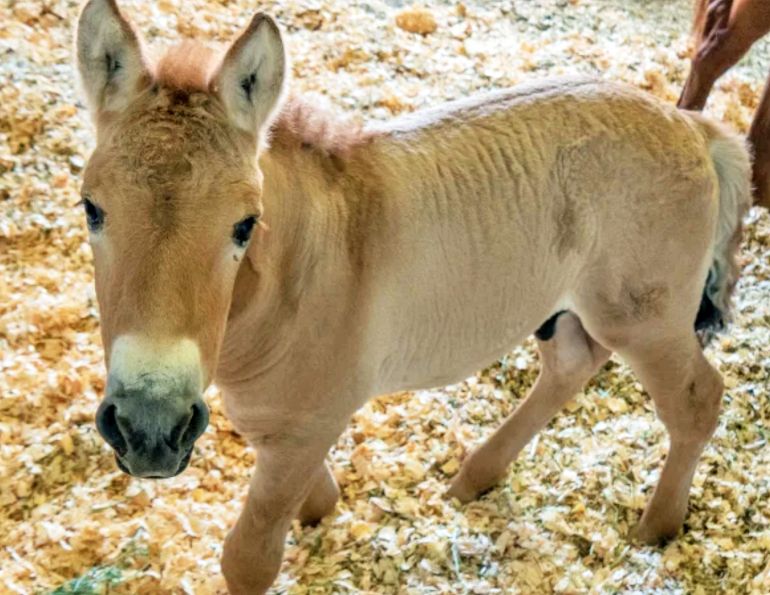By Kathy Smith
Iceland is a small island nation located at the juncture of the North Atlantic and Arctic Oceans, between Greenland and Norway. It has a population of around 364,000 people, many of whom live in the capital city of Reykjavik in southwest Iceland. The country has a unique geography, characterized by volcanic mountains, glaciers, plains, waterfalls, geysers, hot springs, and black sand beaches. It is also home to a diverse array of wildlife. Yet, one of the most notable features of Iceland is its horses.
The Icelandic horse has a rich history and culture dating back over a thousand years. The first horses arrived in Iceland with the settlers in the 9th and 10th centuries, and have been bred in isolation on the island ever since. This isolation has led to the development of a unique breed that is well adapted to the rugged terrain and harsh, subarctic climate.
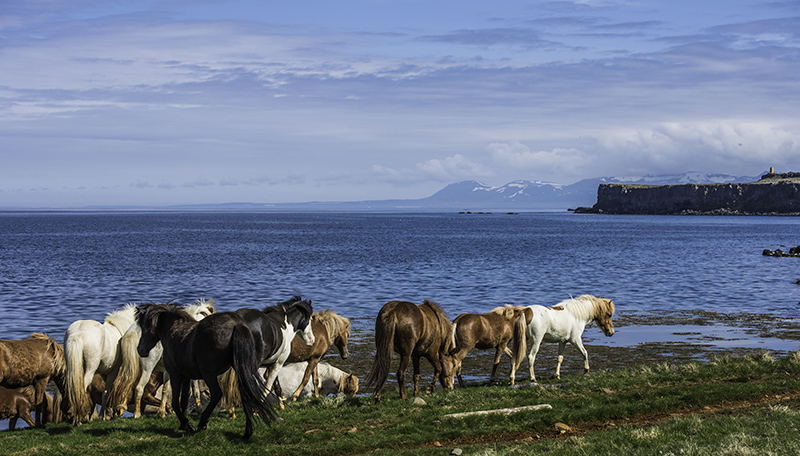
Icelandic horses are a unique breed that has been bred in isolation for more than a thousand years. They are hardy, easy-keepers, well-adapted to the extreme weather conditions found in their home country. Photos (above/below): Paula Da Silva
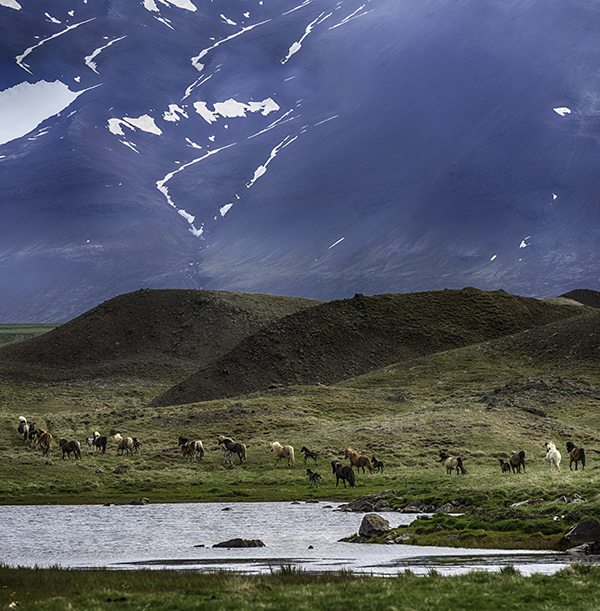
In the past, Icelandic horses were essential for transportation and farming, as they were the only means of transportation in the country for centuries. They were also used for herding sheep and cattle, and were an important source of food and clothing. The breed’s unique natural gait, the tölt, allowed them to cover large distances quickly and comfortably, making them ideal for travel and work on the island’s rugged terrain.
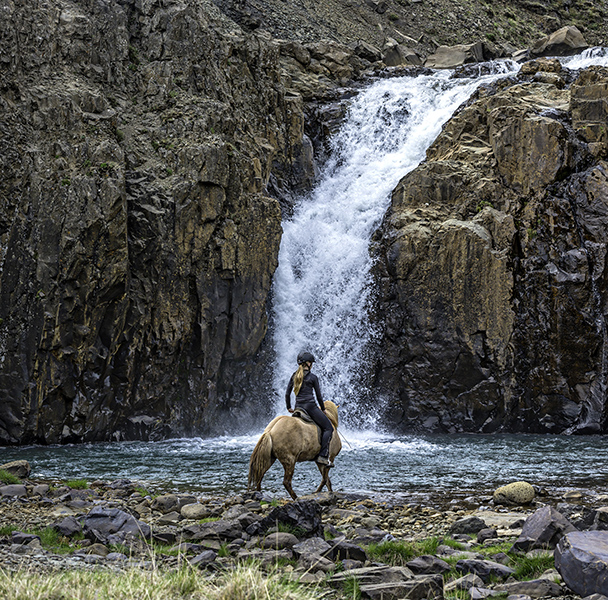
Iceland’s varied geographical features include a plateau of land with mountain peaks and volcanoes covered with glaciers and lava fields, as well as lakes, rivers, hot springs, geysers, and waterfalls. Some estimates put the number of waterfalls in Iceland at more than 10,000. Photos (above/below): Paula Da Silva
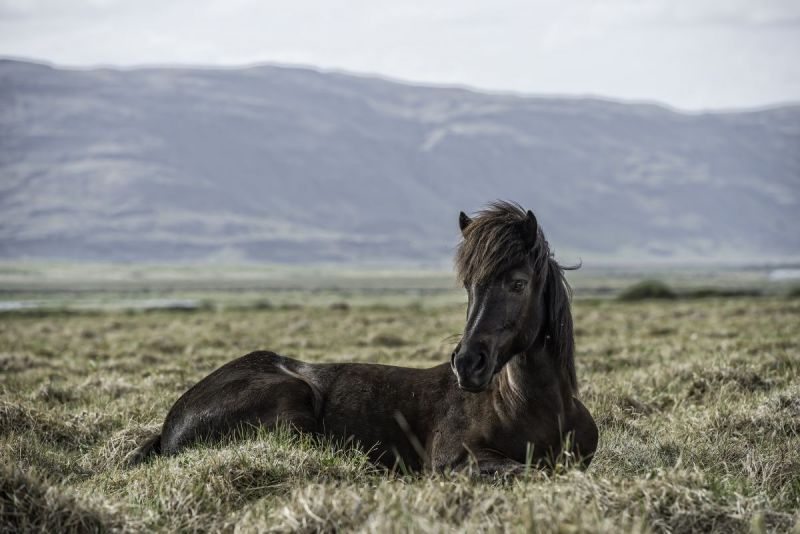
In modern times, the Icelandic horse continues to play an important role in Iceland's culture, economy, and tourism. Horseback riding, racing, breeding, and training are all popular and significant industry contributors, and the country exports the breed - highly valued for its beauty and unique characteristics - around the globe.
The Icelandic horse is a small to medium-sized animal, typically standing between 13 and 14 hands, with a sturdy build and strong legs, which allow them to navigate Iceland’s rugged terrain with ease.
Related: The Irresistable Iberian Horse
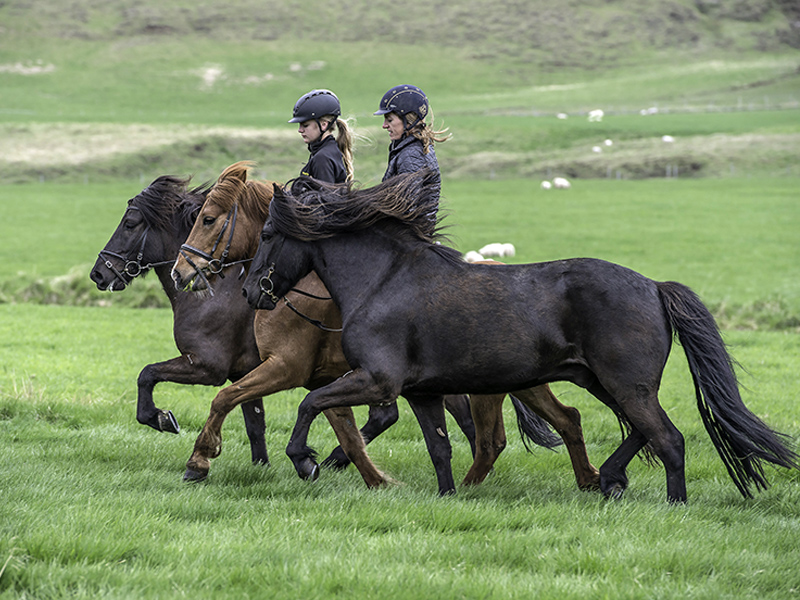
Although considered pony size, Icelandics are a breed of horse. They are well-known for their versatility, calmness, and intelligence. Photo (above): Paula Da Silva

The smooth, four-beat lateral gait known as the tölt is a natural gait for Icelandic horses (above). The footfall pattern is the same as the walk (left hind, left front, right hind, right front), but differs from the walk in that it can be performed at a range of speeds, from the speed of a typical fast walk up to 32 km/hour. Photo: Paula Da Silva
The flying pace (below), a two-beat lateral gait, is fast and smooth with a moment of suspension between footfalls; the horse moves the front and back legs on the same side simultaneously (left hind and left front — suspension — right hind and right front). The horse can perform the flying pace up to 48 km/hour for short distances. Photo: Wikimedia/Dagur Brynjólfsson

Icelandic horses are a five-gaited breed renowned for their smooth, four-beat gait known as the tölt, and a fifth gait called the “flying pace,” a fast, smooth two-beat lateral gait. The breed is also recognized for its strong character, intelligence, and friendly temperament, making them a popular choice for horseback riding and other activities. Icelandic horses come in a wide variety of colours including black, brown, bay, chestnut, dun, gray, roan, palomino and pinto. Long, thick manes and tails, as well as its distinctive “feathered” legs, are also distinguishing features.
Related: The Gorgeous Gypsy Vanner Horse
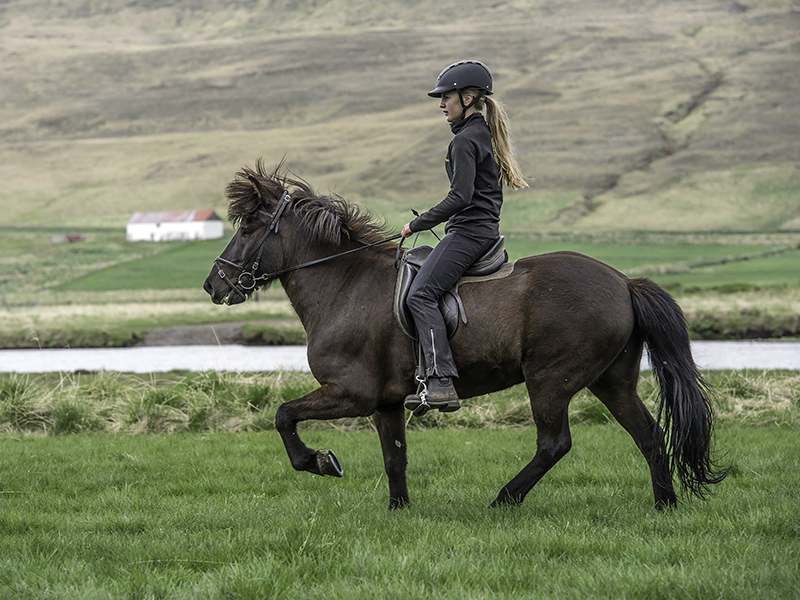
The Icelandic horse is long-lived with most not ridden until four years of age, and structural development not considered complete until seven years of age. Photos (above/below): Paula Da Silva
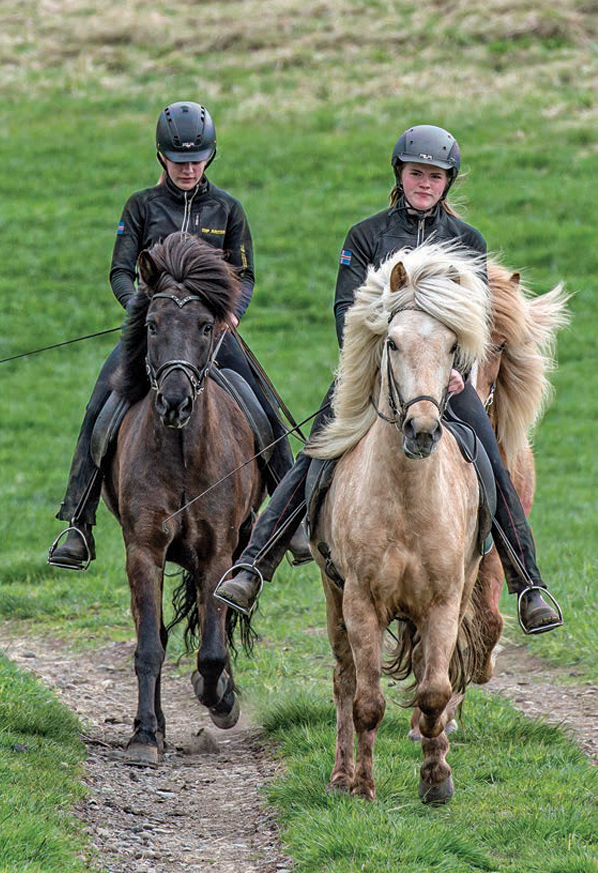
The estimated number of Icelandic horses in Iceland 80,000, and approximately 100,000 live abroad in Europe and North America, particularly in countries such as Germany, Denmark, and the United States.


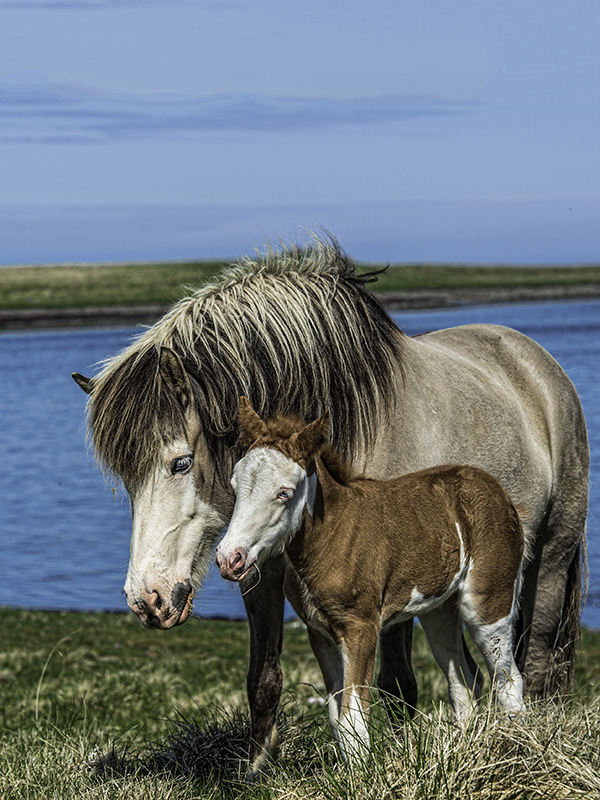
Members of the breed are very fertile with their most productive years between eight and eighteen. Photos (above/below): Paula Da Silva
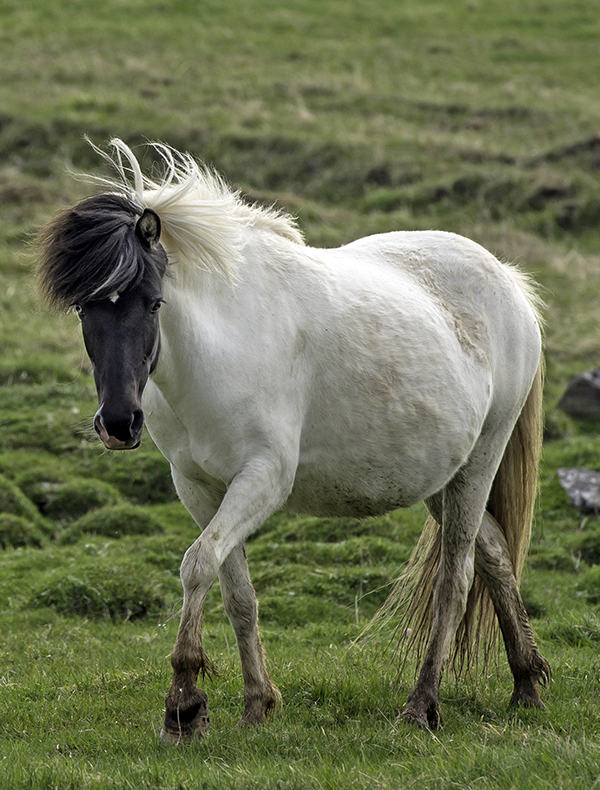
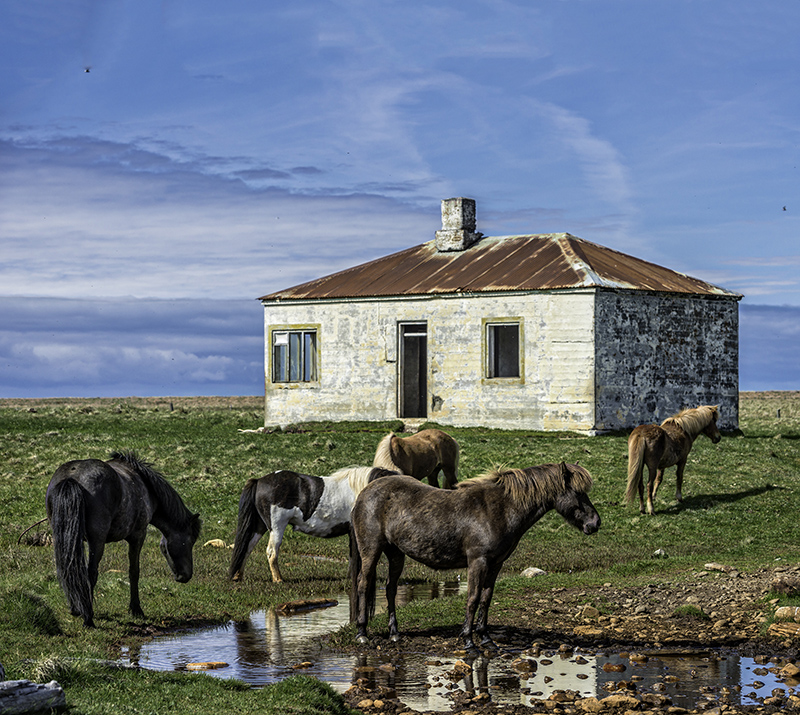
The Icelandic horse is protected by strict laws that prohibit the importation of other horse breeds into Iceland to ensure the purity and preservation of the breed. Today the breed is represented by associations in 22 countries, governed by the International Federation of Icelandic Horse Associations (FEIF), the parent association.
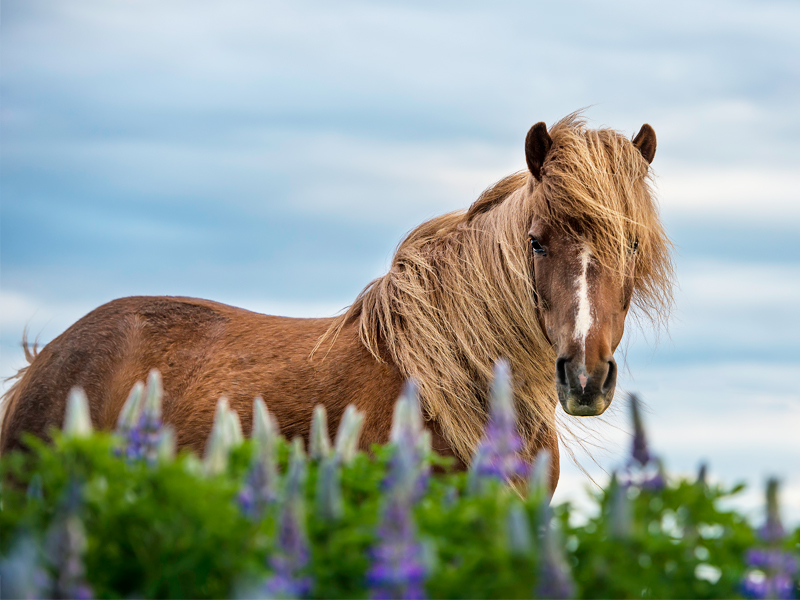
Icelandic horses are known for their sure-footedness and ability to cross rough terrain. Strict laws prohibiting the importation of other horse breeds into Iceland ensure the purity and preservation of the breed, but as a result, native horses have no acquired immunity to disease. Once horses leave the country they are not allowed to return. Photos (above/below)

In addition to horses, Iceland also has a variety of other animals such as Arctic fox, sheep, reindeer and several species of seabirds, including puffins and guillemots. Puffins are one of Iceland’s most iconic birds, and are found in large numbers along the country's coastline. They are a popular tourist attraction, and can be seen nesting in large colonies on the cliffs during the summer months.
Yet, Iceland's beauty is made extraordinary by its horse. The breed is a national treasure, both past and present, symbolizing the strength, versatility, and hardiness of the country’s people, and the richness of its culture and heritage. The Icelandic horse's unique characteristics and preservation laws ensure it will remain a part of Iceland's national identity for generations to come.
For more information please visit the Canadian Icelandic Horse Federation website.
Related: The Norwegian Fjord: A Horse for All Ages
Related: The Spanish Mustang
Check out more breed profiles here.
To read more by Kathy Smith on this site, click here.
Main Photo: Paula Da Silva




